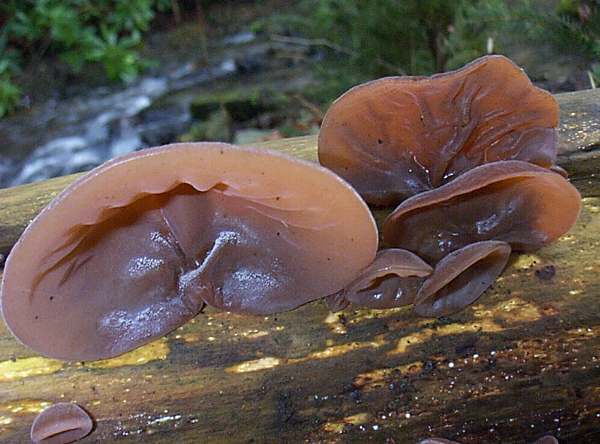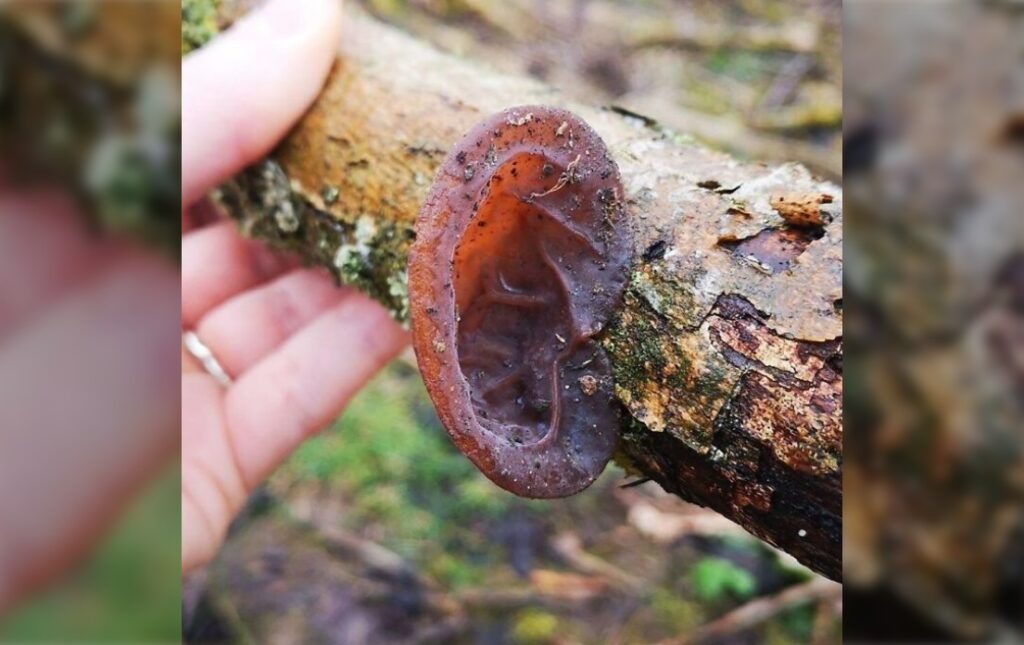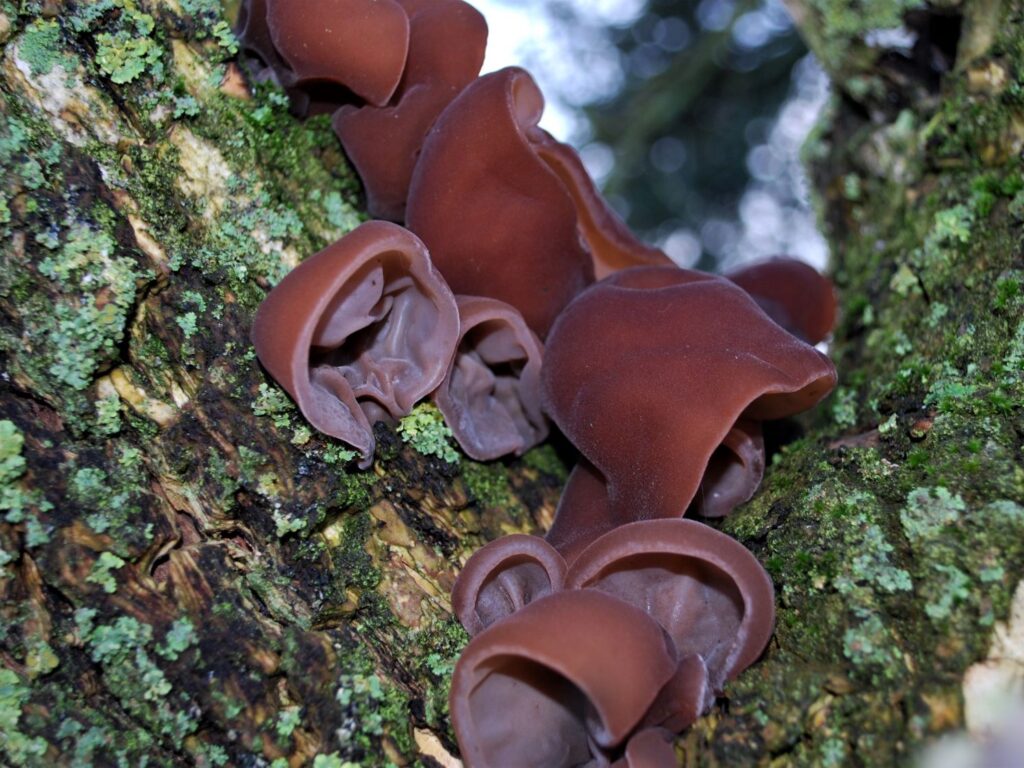
Auricularia auricula-judae, commonly known as the Jelly Ear Fungus, is a fascinating species typically found during the winter and spring. It predominantly thrives on deceased elder trees, although it can occasionally be spotted on other hardwoods. While grouped under the term “Jelly Fungi,” these mushrooms don’t belong to a specific taxonomic category but are characterized by their jelly-like texture. Notably, they can rehydrate and continue to produce spores when moist after drying.

The Jelly Ear Fungus is fairly common in regions like Britain, Europe, Asia, and parts of North America. It is typically found in damp and shaded locations on dead elder wood. These peculiar fungi are also found in Australia and various parts of Asia.

Scientifically, this fungus was first described in 1789 by Jean Baptiste François Bulliard, initially named Tremella auricula-judae. Over time, it underwent changes in its taxonomic classification before being placed in its present genus in 1897 by Austrian botanist-mycologist Richard Wettstein.

The name “Auricularia” is derived from the Latin word for “ear,” while “Judae” alludes to Judas, the biblical figure known for betraying Jesus. However, it’s important to note that referring to this species using the common name “Jew’s Ear fungus” is considered derogatory.

In culinary applications, Jelly Ear Fungus can be used for its unique texture, especially when the specimens are young and fresh. While it doesn’t boast a strong flavor, it adds an interesting element to various dishes.

Leave a Reply